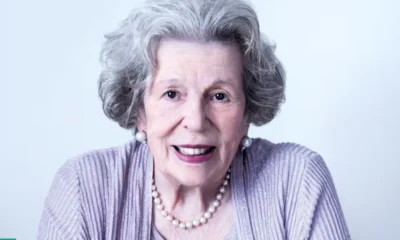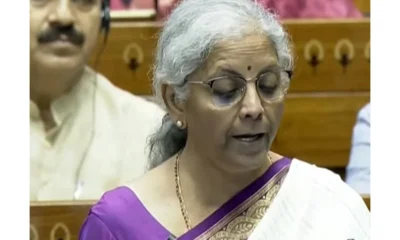MustRead
“HAJI ALI VICTORY FOR RIGHT-THINKING”

India News
FASTag won’t be discontinued from May 1: Govt clears rumours on new tolling technology
While new technological approaches are under consideration, MoRTH clarified that the ongoing pilot tests featuring Automatic Number Plate Recognition (ANPR) systems at selected toll plazas are meant to enhance, not replace, FASTag functionalities.
India News
Who was Hemraj Meena, the Pulwama martyr whose daughter’s wedding was attended by Lok Sabha Speaker Om Birla?
Birla took on the role of the uncle for Reena’s mother, Madhubala, and performed the Hindu wedding custom known as ‘mayra’.
Bollywood news
Celebrating a milestone: Oscars to launch Best Stunt Design category for 100th Academy Awards in 2027
Indian filmmaker SS Rajamouli, celebrated for RRR, expressed his excitement on social media
-

 Entertainment15 hours ago
Entertainment15 hours agoDhurandhar review: Ranveer Singh roars back, Akshaye Khanna shines in intense spy thriller
-

 India News20 hours ago
India News20 hours agoIndiGo flight chaos deepens as over 500 services cancelled, passengers stranded for hours
-

 India News15 hours ago
India News15 hours agoIndia and Russia vow to walk together against terrorism, reaffirm strategic partnership
-

 India News9 hours ago
India News9 hours agoSimone Tata passes away at 95: A look at the visionary who shaped Lakme and modern retail
-

 India News20 hours ago
India News20 hours agoRBI cuts repo rate to 5.25%, paving the way for cheaper loans
-

 Latest world news20 hours ago
Latest world news20 hours agoAsim Munir appointed Pakistan’s first Chief of Defence Forces, to serve 5-year term
-

 India News9 hours ago
India News9 hours agoLok Sabha clears bill to levy cess on pan masala and similar goods for health, security funding
-

 India News10 hours ago
India News10 hours agoCentre orders probe into IndiGo crisis, expects normal flight operations in three days




